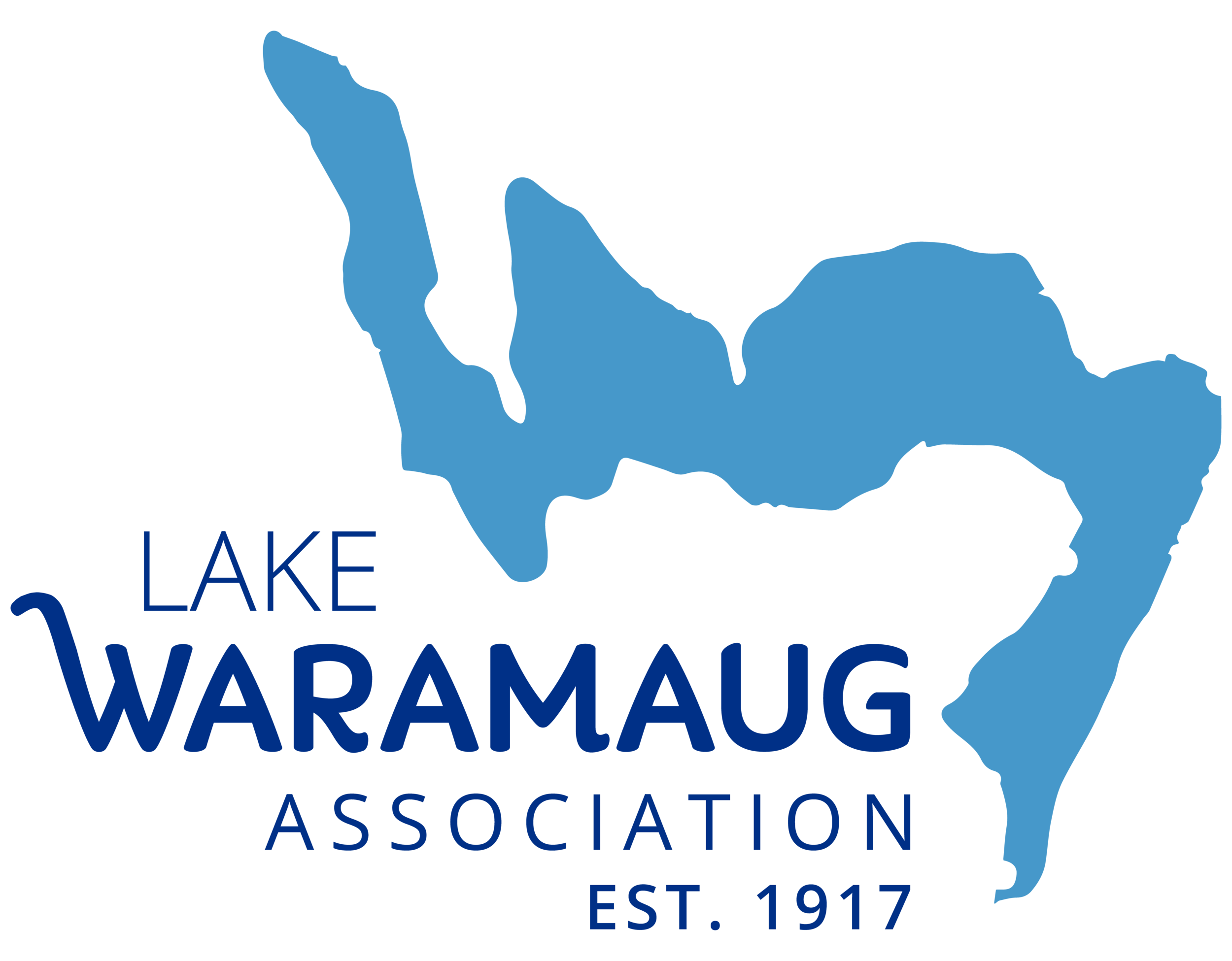Historic New Preston Falls
by Christine Adams Beckett
In the 1700 and 1800’s a two and a half mile stretch of the East Aspetuck River provided the power to 21 mills. The 300 foot drop from Lake Waramaug powered mills producing plows, shovels, wagon wheels, cotton, grains, lumber and twine: New England ingenuity at work.
Today we are still drawn to the water. While the view has changed a bit, we can see the foundations of the original buildings as we walk toward the falls. The power of the water that brought the early settlers to the river continues to bring people to the Village of New Preston where the roar of the falls can always be heard.
The Washington Conservation Commission is undertaking the preservation of this historic resource. With special thanks to: Bill Pollock, Arbor Services of Ct, Inc.; Steven Bartkus, Gunn Historical Museum, Brian Neff, Engineer; Dirk Sabin, Landscape Architect; and Steve Solley.
The New Preston Falls, a twenty-foot high waterfall on the East Aspetuck River which flows from Waramaug, welcomed industry in the early 19th Century to what was once known as New Purchase. Edward Cogswell, an early settler to the shores of Waramaug, renamed it New Preston in honor of his former home on the Connecticut shoreline. According to Connecticut Waterfalls: A Guide, by Russell Dunn and Christy Butler, the town became “a viable industrial center, using the power of the East Aspetuck River to run a total of 21 mills, including a tannery, forge, twine and cotton factory, cider/brandy distillery and carpentry shop” in the Village.
Contractors presently renovating the former cider mill at the Falls, which has since housed an antique store, book shop and (most recently) a private home, have discovered for themselves the existence of stone foundations on the East bank of the river, as previously noted by Dunn and Butler as the ruins of an old sawmill once used to cut stone for monuments.
In her 1961 book, The Death and Life of Great American Cities, Jane Jacobs writes about the importance of old buildings in the success of small businesses: “As for really new ideas of any kind - no matter how ultimately profitable or otherwise successful some of them might prove to be - there is no leeway for such chancy trial, error, and experimentation in the high-overhead economy of new construction,” she wrote. “Old ideas can sometimes use new buildings. New ideas must use old buildings.”
Bookstores, antique stores, and small restaurants can thrive in old buildings, Jacobs argued, but for more emotional reasons than practical ones. Warm, wide-board pine planked floors, the charm of a crooked doorway, the superb quality of vintage building material evokes a response from within our hearts rather than our heads.
New Preston Village exemplifies this notion. Although our hamlet may not be used as an example for urban development, it most assuredly can be heralded as a success in the thoughtful repurposing of the historically rich buildings of a small town, catering to a new present while nodding with reverence to an interesting past. Today, our Village has become a fashionable mecca for tourists and a destination for shoppers of home furnishings, antiques, clothing, and locally-grown produce, much to the delight of longterm New Prestonites, new residents and visitors.
Today, the New Preston Falls provide a scenic backdrop visible from many of its businesses, most of which are housed in original structures. Whereas the buildings have evolved with the thoughtful care and expense of present business owners to cater to a new audience, they have retained their original features, preserving a charm so appreciated by residents and tourists alike.
